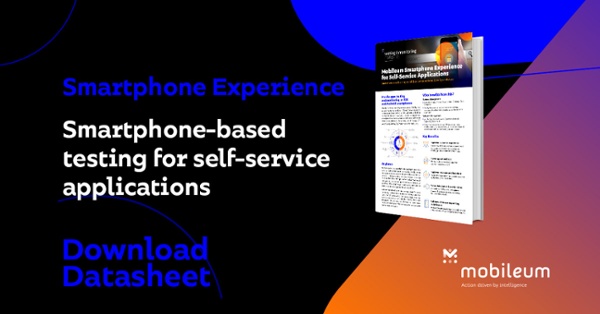In 2000, witnessing a senior citizen in Brazil talk about buying Skype credits to make interstate and international calls was as a crystal-clear sign of the gigantic challenge operators had in front of them. Soon users around the globe got used to an increasing number of disruptive digital innovations, many for free, which led telcos to suffer drastic declines in revenue. In the years to come they ran in a mouse wheel reacting to the explosion of new providers, services, and applications, which drove profound shifts in the expectations and behaviors of users who became progressively less loyal.
With the intent to improve profits, many operators took similar paths and extended their offers by combining mobile, TV, and internet services. The short-lived breath of success was hit by a new flood of OTT services with streaming, chat, and all sorts of platforms especially attractive to a hungry generation of digital natives followed by the piggy-backing digital immigrants. In this context, the trending Self-Service Applications come as a game-changing opportunity for operators to regain their territory in the dynamic telecommunications industry.
Self-service portals use the well-established principles of rewards programs, like airline mileage, engaging users to earn credits when paying bills or recharging airtime or data. With reward batches that include fashion, lifestyle, electronic appliances, grocery, entertainment, social media, travel, and gaming, the portals condition their users to frequently pit stop by awarding their positive behavior. The more they use it, the more they collect and spend on quick wins and daily goodies, or even set goals to enjoy more valuable services and prizes, such as acquire a new desired smartphone.
For self-service strategies to work, ensuring that apps create a positive customer experience is not a plus; it is elementary. Therefore, to build loyalty from extremely demanding and fluid consumers, especially those on pre-paid packages, operators must continuously test and monitor performance and precisely detect faults and timely tackle them before any customer impact. Particularly in the case of self-service applications, testing directly on a variety of android and iOS devices enables testers to validate the application’s stability and functionality by providing an accurate view of the services as experienced by the user. Smartphone-based testing permits the execution of regression testing to ensure an application still functions as expected after any required updates, changes, and improvements.
A peculiar aspect of self-service portals is that they are often pushed and monitored by marketing departments whose staff have little or no technical knowledge, substantially increasing the challenges related to QoS and QoE assurance from both technical and cost perspectives. Tools that allow simple, intuitive, user-defined, drag-and-drop-enabled scripting capacitate non-technical testers to easily design test cases, which can be replicated and added to test libraries, thus eliminating the need to employ dedicated and skilled personnel. Furthermore, considering the volume and frequency of testing required to assure quality, automated testing allows test execution at all times of the day and night, triggering alarms and notifying key staff immediately when anomalies are detected.
In the face of the digital transformation to stay competitive self-service applications will continue to evolve by improving current features, adding new ones, and becoming further entangled with third-party apps, with the consequent more complex transfer of data and money, billing, security, and so forth. Regardless of the intricacies, technologies, and agreements running in the background of the self-service application, to gain the customer’s loyalty and keep them engaged, operators must implement an effective testing and monitoring strategy. Scripted smartphone-based testing is a proven method for straightforward and precise troubleshooting, with QoE-focused KPIs, and real-time alerts that allow operators to provide customers with a relevant, seamless, and positive experience that impacts bottom lines.




Let Us Know What You Thought about this Post.
Put your Comment Below.